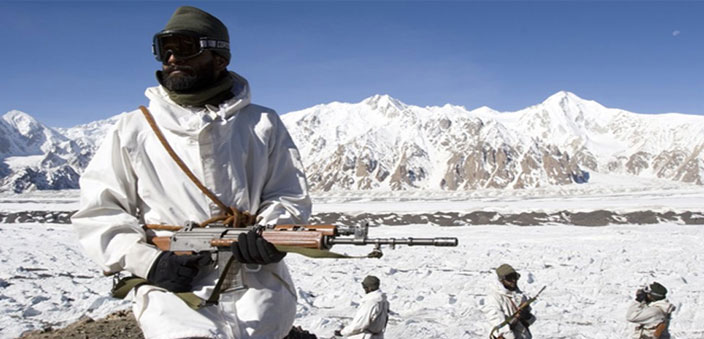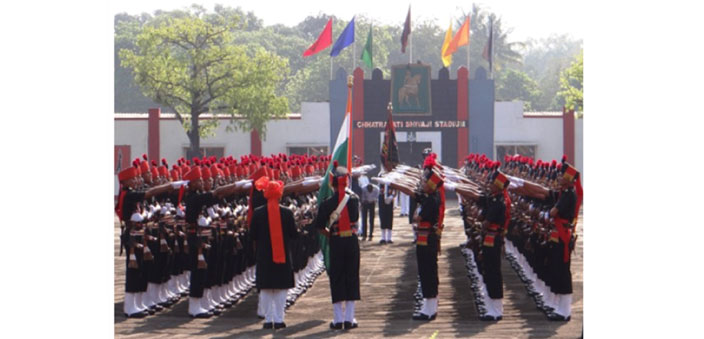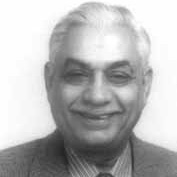It was good to see photographs of our Raksha Mantri (RM), Manohar Parrikar, a few days back, interacting with air force pilots under training, in both the print and electronic media; launching the new Trainer HTT 40; and testing the ergonomics of the pilot’s seats in the Trainers!
It is this news report that set me thinking about visits of our leaders, especially the RM and the Prime Minister (PM) to various military units and formations. I was a little perturbed to note that the RM seems to have neglected visiting units and formations of the army, possibly because army modernisation continues to languish, and hence there is limited scope of inaugurating anything new; the equipment currently in service was introduced decades back, and needs no inauguration in its present state of obsolescence!
In the nearly two years in office, the RM has interacted with the Navy, the Air Force, as also on a few occasions with the Army, in that order, but usually at rarefied levels. He has sailed in naval ships, including an aircraft carrier; had ‘a day at sea’, as the navy loves to call it; and has visited at least one submarine. This is good, as the RM should make as many visits as he can to units and formations of the field force, instead of only listening to the MoD bureaucrats and ordering committees, whose reports are rarely acted upon. Such visits also add to the image of our leaders, as it has been rightly stated that such outings are in effect ‘oxygen’ to all political leaders, especially with photo-ops appearing in the media!

Our training institutions
It may be a good idea for the RM to start visiting our training institutions, and perhaps it may be best to start at the lowest level and see how the army converts rural and urban young men into effective, proud and highly capable soldiers. My suggestion, for whatever it is worth, is that it may be a good idea for the RM to witness how the army trains its largest component, the infantry soldier, which has been and continues to be the cutting edge of the army. As is well known, the army fields over 500 infantry battalions, and they are the ones who are in the forefront of all types of operations, be a war, manning the Line of Control (LOC) in Jammu & Kashmir and the Line of Actual Control (LAC) on the northern borders, counter-insurgency operations, internal security duties, disaster relief, or any other duty you can think of, including saving the lives of children who accidently fall in abandoned bore wells! Despite this, the modernisation of the infantry somehow remains on the back-burner; but still they miraculously deliver.
It is my suggestion that the RM should start by visiting an infantry regiment training centre and see how gawky youngsters get transformed into professionally competent, smart and efficient soldiers, who then are ready to sacrifice even their lives for their regiment, the army and the nation.
The Maratha Light Infantry
I strongly recommend that the RM chooses the centre of my regiment, viz. The Maratha Light Infantry Regimental Centre at Belgaum for his first visit. I am not being parochial, but there are a number of good reasons for such a selection. For starters, it is the best infantry training centre and has been adjudged so a number of times. It is also the closest to the RM’s home state of Goa, and he speaks the same lingo as the recruits. It is also the only regimental centre that has fought bravely in major campaigns, in its earlier avatar of 114th Marathas, which won great laurels in the Battle of Sharqat in Mesopotamia during World War I, and was made the training centre of the regiment during the reorganisation of the army in 1921.
It also played a sterling role in the liberation of Goa by organising the operational and logistics base for launching military operations to evict the Portuguese in 1961.

Within a year of the raising of Jangi Paltan, the Second Battalion of the Regiment, known as the Kali Panchwin was raised, and other battalions followed in succession. I was commissioned in the Jangi Paltan and fought the 1965 India-Pakistan War, where I also lost one leg. I was part of the bicentenary celebrations in 1968, as a Major with less than eight years’ service and and hope to be with them in the Quintessential (250 years) celebrations in 2018.

It will be a proud day for the recruits under training, their Officer, JCO and NCO instructors, and indeed the entire regiment. He will also get an intimate insight into the glorious and gallant history of one of the oldest regiments of the Indian Army. In all regiments, the pride of place is accorded to symbols that are dear and inspirational for the regiment. He will see these too and they would include the War Memorial with the statue of Chhatrapati Shivaji Maharaj as the centre piece astride his horse, the Centre Quarter Guard, the Officers Mess showcasing its invaluable artefacts, the Regimental Museum, the Regimental Mandir and Masjid complexes and of course the reverence with which everything including historical documents and artefacts are preserved and handled.
In the ultimate analysis, however, it is the soldiers who continue to be the soul and the most valuable part of every regiment. The RM would be able to see them resplendent in their uniforms, with their colourful red and green hackles fluttering in the Belgaum breeze, or in combat dresses or both.
Food matters too!
Last but not the least, as a continuation of the old adage – “the army marches on its stomach”, the RM will be able to partake of the delicious and unique spicy Maratha cuisine (not excluding the fiery Maratha Chutney) with the recruits, the NCO instructors, the JCOs and the officers.
The present ‘Colonel’ of our regiment, Lt. Gen. P.J.S. Pannu is currently serving in Army Headquarters as Director General Infantry. I am sure he would be able to plan a visit by the RM at his convenience, whenever he so desires.
I will again emphasise that the RM, as well as the PM must start visiting and interacting with our troops, they are the best they will find anywhere in the world.


